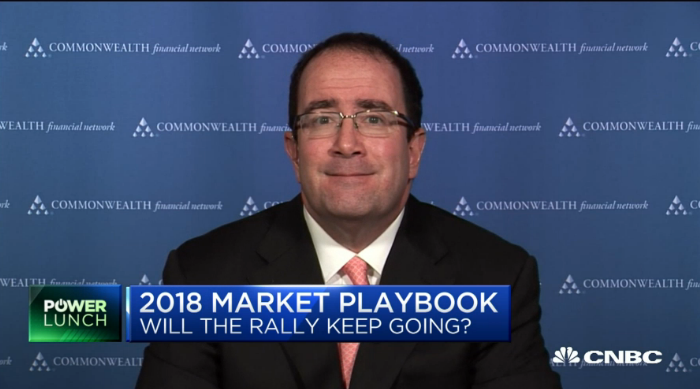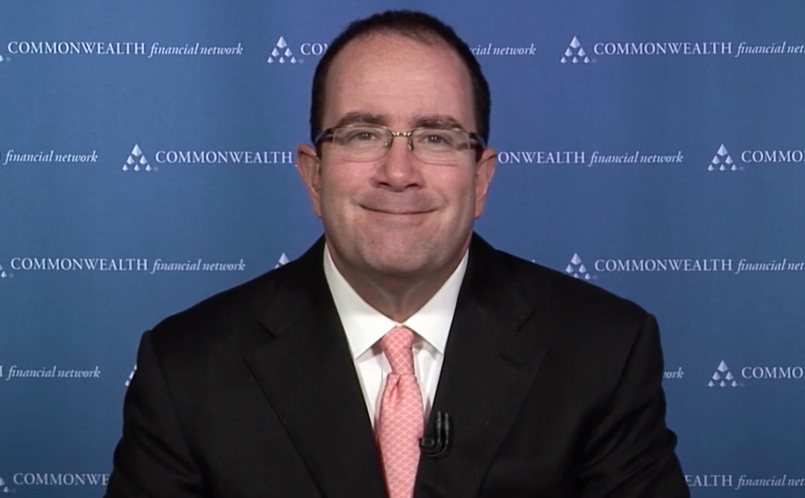Today's post is from Peter Essele, manager of Commonwealth's Investment Management and Research team.
A little over a year ago, my colleague, Anu Gaggar, and I conducted a study for the Independent Market Observer. We examined the emerging markets and international asset classes through the lens of investor behaviors, noting at the time that many investors had shed these asset classes during 2016. They did so largely because they feared underperformance and higher volatility. We believed there could be negative consequences on portfolio returns from this decision, however, so we took a closer look.
Today, we're revisiting this topic to see whether investors have changed their minds since then, choosing to once again accept the risks of global diversification. And, if so, what might that mean for their portfolios going forward?





















